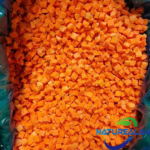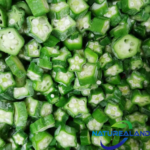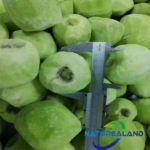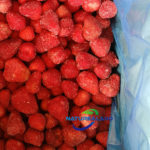About Blackberry
The blackberry tree is a widely distributed and well-known shrub; Any of various plants of the genus raspberries, usually biennial, having erect, semi-erect, or climbing stems, spiny or sometimes spiny in cultivated species. It grows up to three metres tall and produces soft fruit – often used in desserts, jams, childless jellies and sometimes in fruit liquors. Leaves are three or palmate compound, with three to five leaflets, leaflets wide, elliptic, stalked, leaf margin coarsely toothed, most of the leaves persistent overwintering. The flowers are white or pink, flowering from May to August each year, and the fruit is black or dark purple when ripe. Inflorescences terminal with white, pink or red flowers. Fruit aggregates, small black or reddish purple drupes borne on succulent receptacles. Some trailing species of the genus Rubus have no wood fibers on their stems and are called dewberry. There are tens of thousands of hybrid varieties and variants of the blackberry, 2,667 hectares (40,000 mu) in China. There are many species of rubus called blackberries, and these species hybridize easily, so that the number of cultivated species is much higher than that of the native species.
Native to the northern temperate zone of the New and Old World, especially abundant in eastern North America and the Pacific coast. Common coppice and hedgerow in the British Isles and Western Europe. In some parts of the world, such as New Zealand and the Pacific Northwest of the United States, the blackberry has become a naturalized native, invasive species and a troublesome weed.
Blackberry is one of the important kinds of fruit trees of four sizes widely cultivated in Europe and America. In the development of fruit trees in the world, the development speed of small fruit is about 3 times that of other fruit trees, so it is called “new small fruit”. The main reason is that its fresh fruit and its products are rich in nutrition, most of them are gorgeous in color, mellow in flavor, and have a unique pleasant fragrance, and many of them also have some unique nutrition and health care functions.
Blackberries are rich in iron and vitamin C and can be eaten fresh,
Flowers and berries of Rubusalleghensis
It can also be made into preserves, jams and jellies, or pies. A large field of wild blackberries produces brown to black honey with a fruity flavor.
Contains:
Water: 88.0 ~ 88.8%
Soluble solids: 6.5 ~ 8.5%
Sugar (mainly reducing sugar) : 5.5 ~ 7.0%
Organic acids: 1.2 ~ 1.4%
Crude protein: 1.5 ~ 1.7%
Vitamin C: 8.5 ~ 10.5mg/100g
Vitamin E: 3.0mg/100g
(The data were obtained from fresh fruit of Hull and Chester, the widely marketed varieties; The data is only an average value, and there are errors above and below, which mainly change with the changes of cultivation, environment and other conditions. For more details, see the Nutritional Content of Fresh Blackberry Fruits and Processed Products. The content of sugar, vitamin C, vitamin B1 and vitamin B2 in fresh fruit of Blackberry is comparable to that of other fruit trees, and the content of organic acid, crude protein, vitamin K and amino acid is higher than that of other cultivated fruit trees. It is found that the content of vitamin E is the highest among all cultivated, wild and semi-wild fruit trees, while the content of selenium is rare in fruit trees. A total of 18 kinds of amino acids, 8 kinds of essential amino acids, and high content, but also rich in γ-aminobutyric acid. They also had higher levels of six essential mineral elements (potassium, calcium, sodium, magnesium, zinc, iron and phosphorus). Among them, vitamin K can promote the liver synthesis of coagulation substances, to promote blood coagulation has a good effect; Vitamin E protects the integrity of cells and their internal structures, prevents the destruction of certain enzymes and internal components of cells, and delays aging; Selenium can resist oxidation, prevent aging, improve immunity, together with vitamin E to antagonize the protective agent of toxic substances; γ-aminobutyric acid, as a nerve conduction substance, has the role of promoting brain metabolism, lowering blood pressure, lowering blood lipids and anti-arrhythmia.
Mineral element selenium: 2.71μg/g
Amino acid (total) : 1000mg/100g




